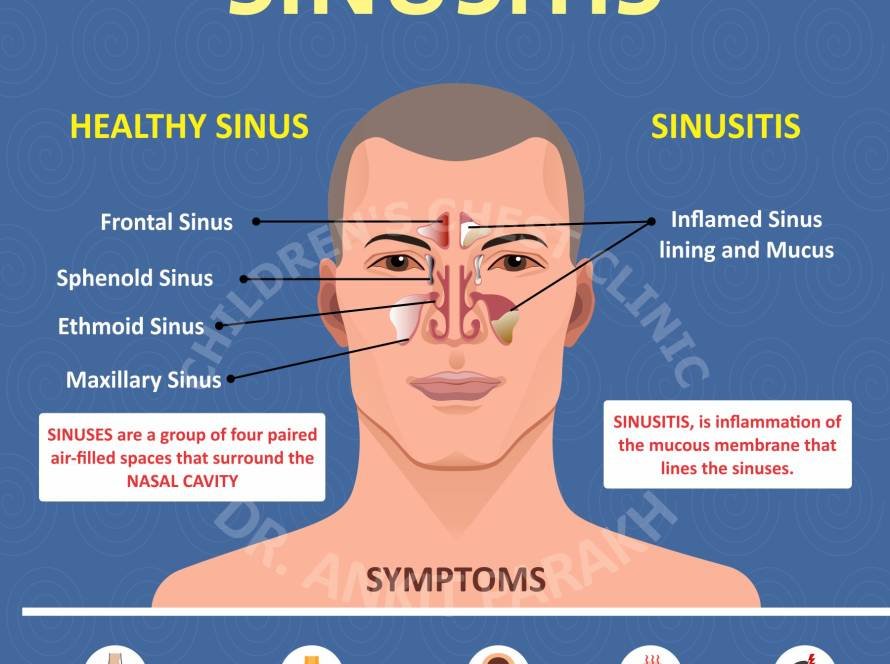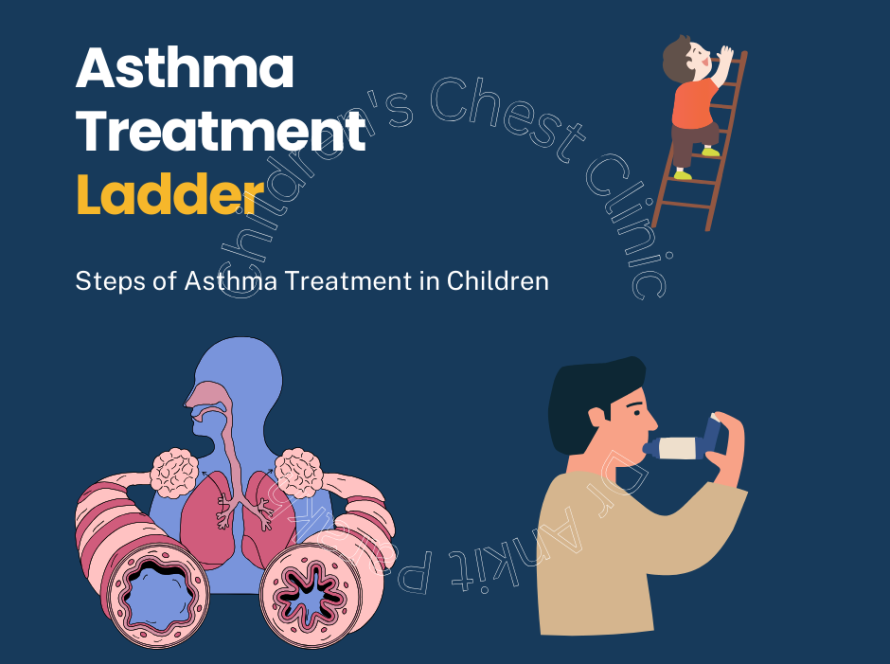Enlarged Lymph Nodes in Children
Enlarged lymph nodes in children are a common concern that brings many parents to the clinic. While most cases are harmless and result from simple infections, some causes may be more serious — including tuberculosis or even cancers. Understanding the reasons behind lymph node swelling and how it is diagnosed is essential for early and accurate management.
What Are Lymph Nodes?
Lymph nodes are small, bean-shaped structures that are part of the body’s immune system. They help filter out harmful substances and fight infections. Clusters of lymph nodes are found in the neck, armpits, groin, chest, and abdomen.
Lymph nodes often swell in response to infections — a sign that the immune system is working. However, persistent or large enlarged lymph nodes may need further evaluation.
Common Causes of Enlarged Lymph Nodes in Children
1. Viral Infections
- The most common cause.
- Examples: Common cold, flu, Epstein-Barr virus (EBV).
- Nodes are soft, mildly tender, and resolve in a few weeks.
2. Bacterial Infections
- Examples: Throat infections, skin infections, and dental infections.
- Nodes are often painful, red, and warm.
- May require antibiotics.
3. Tuberculosis (TB)
A major cause of persistent lymph node enlargement in children, especially in countries like India. Tubercular lymphadenitis (TB of the lymph nodes) presents with:
- Painless swelling (usually in the neck)
- No response to routine antibiotics
- Sometimes pus formation or sinus discharge
- Constitutional symptoms like fever, weakness, and weight loss
4. Malignancies
Though rare, lymphoma or leukemia can present with persistent or rapidly enlarging lymph nodes. Red flags include:
- Weight loss
- Night sweats
- Persistent fever
- Generalized lymphadenopathy (many nodes enlarged)
How Are Enlarged Lymph Nodes Diagnosed?
- Clinical History and Physical Examination: Location, size, tenderness, duration, and associated symptoms (like fever or weight loss) are evaluated.
- Blood Tests: Complete blood count (CBC), ESR, CRP, Tuberculin Skin Test (Mantoux test), Interferon Gamma Release Assay (IGRA) for TB.
- Chest X-Ray: Helps detect pulmonary tuberculosis or other chest-related causes.
- Ultrasound of Neck or Abdomen: Non-invasive imaging to assess the size, shape, and number of nodes.
- FNAC or Biopsy: Fine Needle Aspiration Cytology (FNAC) is often the first step in persistent cases. If inconclusive or if TB or malignancy is suspected, lymph node biopsy is advised for a definite diagnosis.
When to Worry About Enlarged Lymph Nodes?
You should consult a child pulmonologist or tuberculosis specialist if:
- Nodes are >2 cm and persist >3–4 weeks
- No improvement with antibiotics
- Accompanied by fever, night sweats, or weight loss
- Firm, matted, or fixed lymph nodes
- History of TB contact in the family
Conclusion
While enlarged lymph nodes in children are usually caused by infections, persistent or unusual swelling may be linked to more serious causes such as tuberculosis or cancer. Early diagnosis using clinical evaluation, blood tests, imaging, and biopsy ensures timely treatment.
If you notice lymph node swelling in your child that isn’t resolving or is accompanied by other symptoms, seek expert evaluation from a child pulmonologist and tuberculosis specialist.






